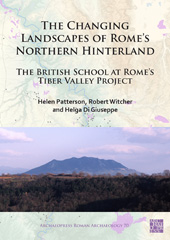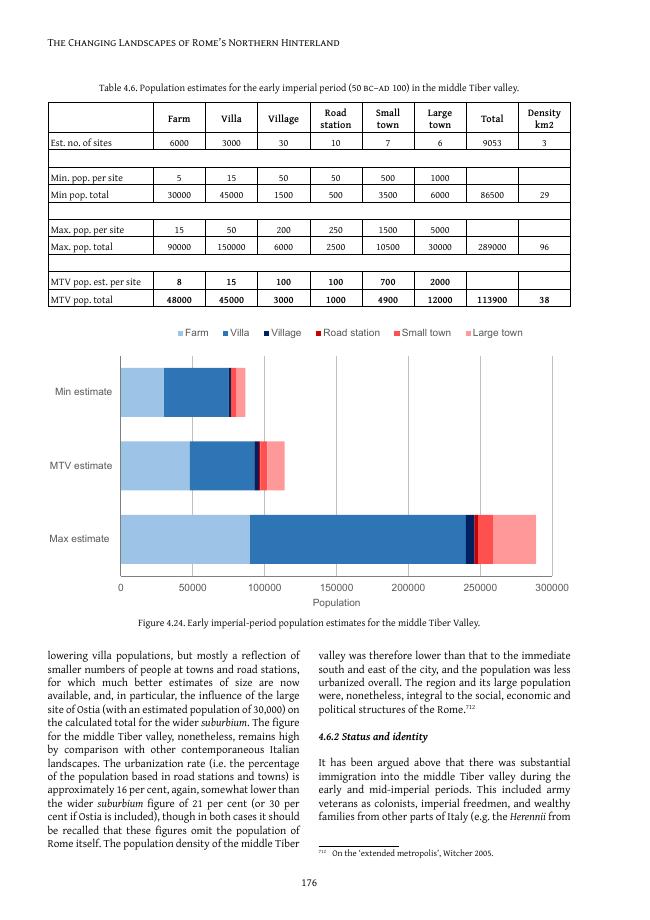The Changing Landscapes of Rome's Northern Hinterland : The British School at Rome's Tiber Valley Project
372 p.
The Changing Landscapes of Rome's Northern Hinterland presents a new regional history of the middle Tiber valley as a lens through which to view the emergence and transformation of the city of Rome from 1000 BC to AD 1000. Setting the ancient city within the context of its immediate territory, the authors reveal the diverse and enduring links between the metropolis and its hinterland. At the heart of the volume is a detailed consideration of the results of a complete restudy of the pioneering South Etruria Survey (c. 1955–1970), one of the earliest and most influential Mediterranean landscape projects. Between 1998 and 2002, an international team based at the British School at Rome conducted a comprehensive restudy of the material and documentary archive generated by the South Etruria Survey. The results were supplemented with a number of other published and unpublished sources of archaeological evidence to create a database of around 5000 sites across southern Etruria and the Sabina Tiberina, extending in da
te from the Bronze Age, through the Etruscan/Sabine, Republican and imperial periods, to the middle ages. Analysis and discussion of these data have appeared in a series of interim articles published over the past two decades; the present volume offers a final synthesis of the project results.hapters include the first detailed assessment of the field methods of the South Etruria Survey, an extended discussion of the use of archaeological legacy data, and new insights into the social and economic connectivities between Rome and the communities of its northern hinterland across two millennia. The volume as a whole demonstrates how the archaeological evidence generated by landscape surveys can be used to rewrite narrative histories, even those based on cities as familiar as ancient Rome.des contributions by Martin Millett, Simon Keay and Christopher Smith, and a preface by Andrew Wallace-Hadrill.
Special access authorizations may apply; please contact us for further information.
-
Informations
ISBN: 9781789696165
COLLECTION
KEYWORDS
- Tiber valley, Etruria, Survey, Antiquity, Roman, Etruscan, Connectivity



